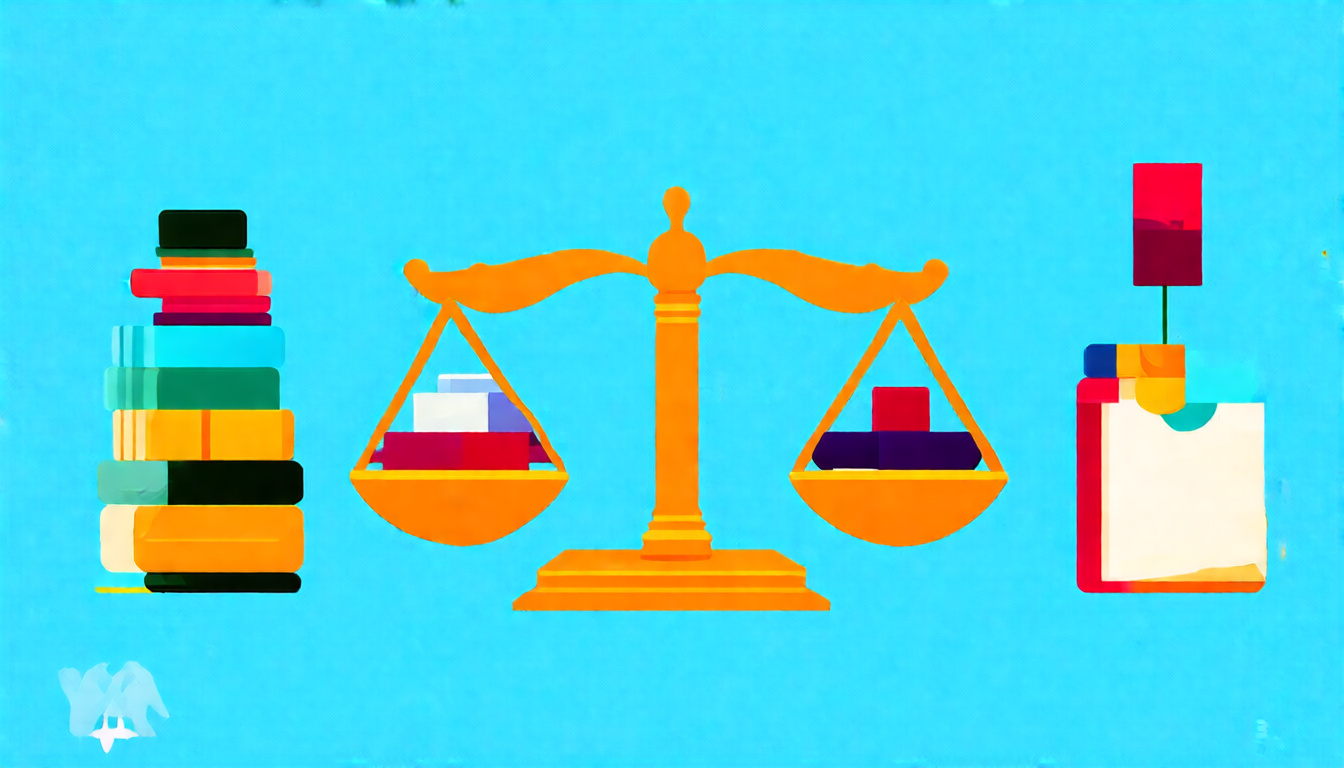Product liability matters much for manufacturers. It means that a manufacturer or seller must answer when a product harms a consumer. This rule helps a business cut risks, keep a good brand image, and stop big legal fights. In this article, we list the risks that every maker must know and the steps to lower them.
What Is Product Liability?
Product liability binds makers and sellers when products turn out unsafe or have flaws. These flaws may cause injuries, damage property, or bring financial loss. Product liability laws change by region. Still, they usually hold makers for:
- Flaws in manufacturing
- Bad designs
- Not giving clear warnings or instructions
When a product shows a flaw and causes harm, the consumer may sue for money. Thus, a clear view of product liability is a key part of managing risk.
Key Types of Product Liability Risks
Makers face clear risks from product liability. They must watch these risks; failing to do so can hurt operations. The main product liability risks are:
1. Manufacturing Defects
A manufacturing defect happens when a product strays from its intended design. Faulty machinery, weak materials, or poor quality checks cause these errors. One bad batch can bring heavy liability if a product injures someone.
2. Design Defects
Design defects do not depend on production. They lie in the product’s plan and make the product unsafe from the start. These errors can be hard to spot before launch. Rigorous tests and reviews help catch design flaws.
3. Failure to Warn (Marketing Defects)
Makers must add clear directions and warn of risks. A lack of warnings can trigger product liability claims, even if the product works as planned.
Common Causes and Examples of Product Liability Claims
To show why risk management is key, consider these real cases:
- Defective appliances cause fires or shocks.
- Faulty brakes or airbags in cars lead to crashes.
- Bad pharmaceuticals bring health issues.
- Toys with choking hazards or toxins harm children.
Each case shows different flaws that makers must predict and protect against.
How Manufacturers Can Manage Product Liability Risks
Makers can act early to cut their product liability risks. Smart risk management protects consumers, keeps finances safe, and holds the brand’s strength. Good steps include:
1. Implement Rigorous Quality Control
Keep quality checks close to production. Regular equipment care, material tests, and inspections stop defects before the product goes out.
2. Conduct Product Testing and Safety Evaluations
Test products well. Prototype trials, stress tests, and safety checks find design flaws. Use test feedback to improve safety.

3. Provide Clear Instructions and Warnings
User guides and labels must be clear and simple. Warn against risky uses while explaining safe usage. This avoids claims when a misuse happens.
4. Maintain Detailed Documentation
Keep records of designs, tests, checks, and customer feedback. This record shows care and due process in keeping the product safe. Good documentation helps in court.
5. Obtain Adequate Insurance Coverage
Liability insurance cuts financial risks from lawsuits. It is key to an overall risk management plan.
6. Stay Up to Date with Regulations and Standards
Rules change. Makers must follow updated safety laws and standards. Check new laws and adjust processes accordingly.
Checklist: Key Actions for Mitigating Product Liability Risk
Below is a list to help you manage product liability risks:
- Build strong quality control systems.
- Regularly test and check product safety.
- Set consumer safety as a design goal.
- Give clear usage guidelines and warnings.
- Keep records of all design and testing steps.
- Get proper product liability insurance.
- Watch and follow all legal and industry rules.
- Train staff on safety and risk matters.
- Answer quickly to consumer complaints.
- Constantly update safety practices.
Frequently Asked Questions about Product Liability
What is the difference between product liability and general liability?
Product liability binds a maker for harm from a bad product. General liability covers broader risks like injuries on the business site. Product liability focuses on the product alone.
How can a manufacturer prove they are not liable for product defects?
A maker can show care in design, production, and marketing. They must prove the product had no flaws or was not misused. Detailed records and following standards help show safety.
Are there certain products that carry higher product liability risks?
Yes. Products like pharmaceuticals, car parts, children’s toys, and electronic appliances have higher risks. This is due to the product’s nature and potential harm.
Conclusion: Prioritize Product Liability Risk Management Now
Product liability and its risks are key to safety and success. When companies work to lower manufacturing defects, design flaws, and warnings issues, they protect consumers and their funds. A clear, written plan that follows legal rules builds trust and loyalty.
Start smart risk checks now. Use quality checks, strict tests, and clear rules. This plan stops harm and secures a company’s future. For more tips on risk management, check the resources of the Consumer Product Safety Commission. Also, speak with product liability law experts for advice.
Take steps to manage your product liability today—your brand and customer safety need it.
Author: Doyle Weaver, Attorney at Law
Home | Estate Planning | Personal Injury | Hill Country Lawyer | Terms of Service | Privacy Policy
© 2025 Digital Law Firm, P.C.
Disclaimer: The content provided in this blog is for educational and informational purposes only. It is not intended to constitute legal advice or establish an attorney-client relationship. The information presented does not address individual circumstances and should not be relied upon as a substitute for professional legal counsel. Always consult a qualified attorney for advice regarding your specific legal situation. The author and publisher are not liable for any actions taken based on the content of this blog.

Leave a Reply